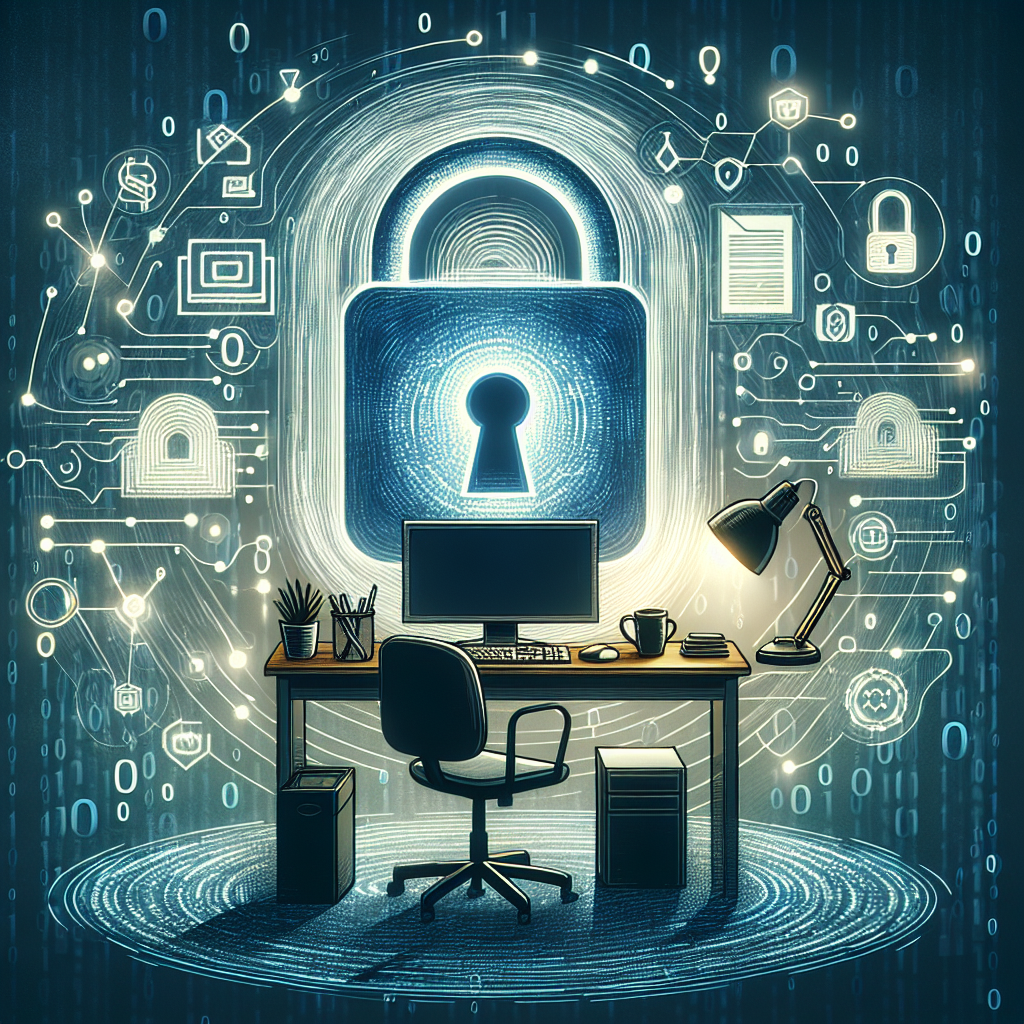In today’s digital age, remote work has become increasingly common. While working from home offers flexibility and convenience, it also poses security risks that can jeopardize sensitive information and data. As remote workers are more vulnerable to cyber threats, it is crucial to implement cybersecurity measures to protect both personal and company data. Here are some cybersecurity tips for remote workers to ensure a secure work environment:
1. Use secure networks: When working remotely, it is important to connect to secure networks to prevent unauthorized access to your devices and data. Avoid using public Wi-Fi networks, as they are often unsecured and can be easily intercepted by hackers. Instead, use a virtual private network (VPN) to encrypt your internet connection and protect your data from prying eyes.
2. Update your software: Keeping your operating system, applications, and antivirus software up to date is essential for protecting your devices from security vulnerabilities. Set up automatic updates to ensure that your software is always patched with the latest security fixes.
3. Secure your devices: Protect your devices with strong passwords or biometric authentication methods to prevent unauthorized access. Enable encryption on your devices to secure your data in case of loss or theft. Additionally, consider using remote wipe capabilities to erase sensitive information remotely if your device is lost or stolen.
4. Be cautious of phishing attacks: Phishing attacks are a common tactic used by cybercriminals to trick users into revealing sensitive information. Be cautious of unsolicited emails, messages, or phone calls that ask for personal or financial information. Do not click on suspicious links or download attachments from unknown sources.
5. Use strong and unique passwords: Create strong and unique passwords for each of your accounts to prevent unauthorized access. Use a password manager to securely store and manage your passwords. Enable two-factor authentication (2FA) for an extra layer of security by requiring a second form of verification, such as a code sent to your phone.
6. Secure your home office: Create a secure work environment by locking your devices when not in use, securing physical documents, and using privacy screens to prevent shoulder surfing. Avoid discussing sensitive information in public or around others who are not authorized to access it.
7. Backup your data: Regularly backup your data to prevent data loss in case of a cyber attack or hardware failure. Use a cloud storage service or an external hard drive to store your backups securely. Test your backups regularly to ensure they are up to date and can be restored effectively.
By following these cybersecurity tips, remote workers can protect themselves and their organizations from potential cyber threats. Remember that cybersecurity is a shared responsibility, and everyone must do their part to maintain a secure work environment. Stay vigilant and proactive in safeguarding your data and devices while working remotely.

Leave a Reply
You must be logged in to post a comment.